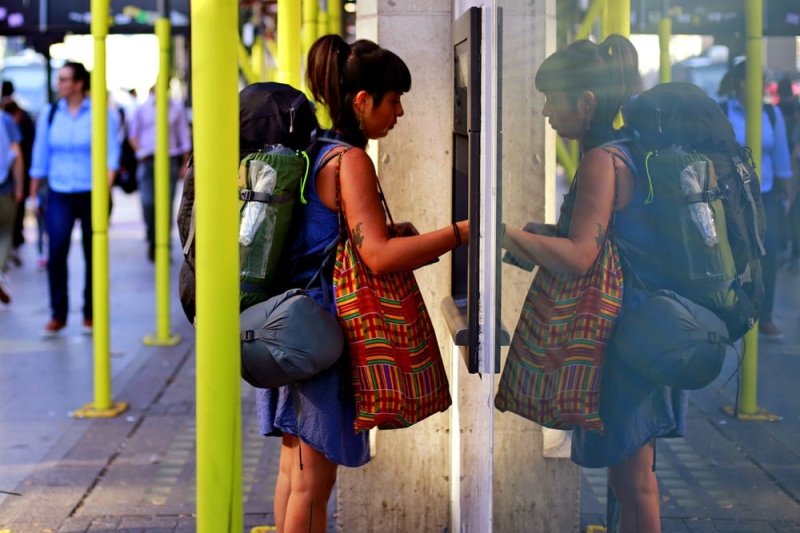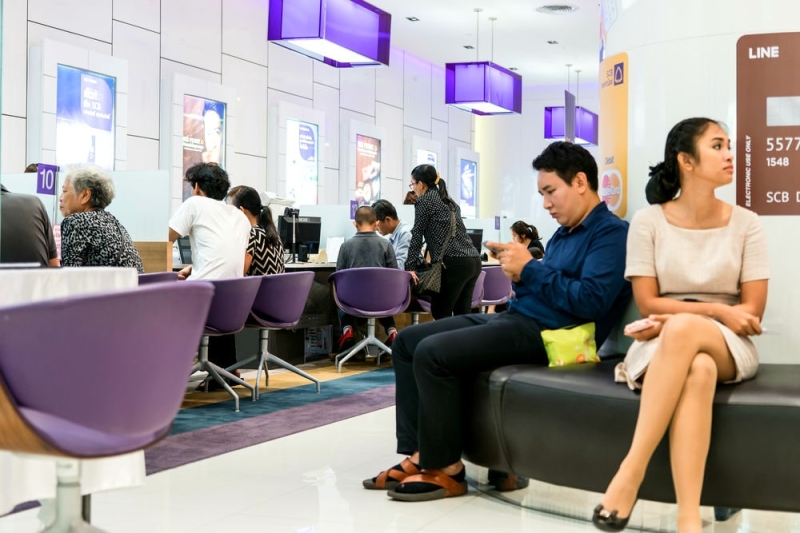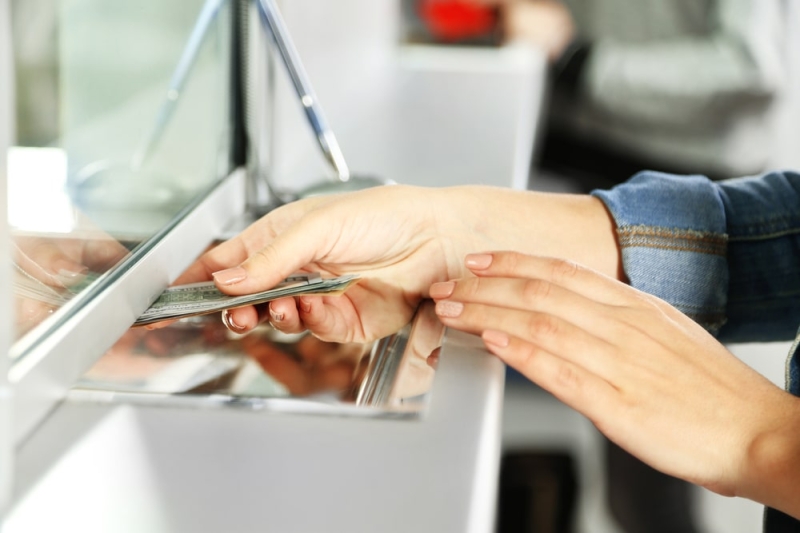
Independent travelers agree that it is better to travel abroad with a bank card. You can store money on it, not be afraid of losing it, and pay for goods and services, as well as save on currency exchange fees. However, it is difficult to get by with just a map. In some cases they are not accepted, in others it is easier to pay in cash, in others you want to bring beautiful unusual money home as a souvenir.
Where to get cash

Photo: Bogdan Sonjachnyj/Shutterstock.com
Despite the spread of bank cards and Internet payments, in many regions and countries of the world it is still common to pay in cash. The reasons may be different. It’s worth traveling with cash:
- to Germany, Italy and some other conservative European countries, where they are in no hurry to say goodbye to paper money.
- to the Caucasus, Central and Southeast Asia, where there are strong traditions of street trading – many shops, family stores and markets.
- to countries where they have their own payment systems and do not accept Visa and MasterCard bank cards everywhere, for example, to Japan.
- to countries where dollars are accepted (Cambodia, Philippines) – no need to exchange money for local currency once again.
- to some border or resort towns where rubles are accepted: for example, in Finland, China, Abkhazia, Turkey – but this is rather the exception than the norm.
Where is the best place to withdraw or change money
You can stock up on cash in foreign currency both before and during your trip. Three ways:
At the ATM

Photo: RossHelen/Shutterstock.com
Before the trip. Money can be withdrawn from a ruble card at an ATM in dollars or euros. The exchange rate may differ slightly from the rate at the branch, but the method itself is convenient – you do not need to go to the exchange office and stand in queues. Not all ATMs of all banks dispense currency in this way – check on the banks’ websites or in branches. The amount issued can be limited to several hundred; banknotes can only be large. One way or another, it is not recommended to withdraw or change large amounts in your home country – you still have to travel with them.
Abroad. You can withdraw money from ATMs abroad immediately in local currency from a ruble or currency card. In the first case, the conversion occurs at the rate of your bank or payment system (Visa or MasterCard). A bank or system commission may be added to it. In addition, your bank, as well as the one whose ATM you decide to use, may charge a fee for withdrawing cash – a certain percentage, but not less than a fixed amount. For example, 5 euros when exchanging 100 euros. Due to fees, it is not profitable to withdraw cash frequently and in small amounts abroad.
At the bank branch

Photo: Bangkoker/Shutterstock.com
Before the trip. Almost all bank branches have exchange desks. If you are changing a large amount, compare rates from different banks via the Internet and choose the most profitable one. If the amount is small, the difference will not be significant. Choose the one that is closer to home or work. Disadvantages: There may be queues at the bank, especially during the holiday season. The large amount you need may not be available. Otherwise, this is the most convenient and safest way.
Abroad. Changing money in banks abroad is more difficult. You will need minimal knowledge of the local language or at least English. However, English may not help in those countries where it is hardly spoken, for example, in Italy, Brazil or China. Foreign banks may not have the usual exchange desks – instead, you will have to contact a bank employee who also resolves other issues, which means he may be busy with other clients. The number of banks in the city may be quite limited and you will have to choose from one or two, rather than a dozen like at home.
At the exchange office

Photo: Africa Studio/Shutterstock.com
Before the trip. Exchange offices have good rates – better than banks, but there are many hidden nuances. The rate that you see on a street sign will most likely be an advertisement and will only be valid when exchanging a large amount, for example, 10 thousand dollars or euros. They may not tell you about this unless you ask and exchange money at an unfavorable rate. In addition, exchangers have various commissions. Changing at an exchange office is less safe than at a bank. They may slip you counterfeit or torn bills or simply cheat you out. You won’t be able to compare rates from different exchangers on the Internet.
Abroad. Exchangers in other countries work (and earn) according to the same principles. Changing money there is even less safe: added lack of knowledge of the local or English language. If deception is detected, you will have to communicate using sign language. Comparing prices in exchange offices abroad is even more difficult – you are unlikely to want to bypass dozens of them to change a small amount. Most likely, contact the nearest one without figuring out whether you can trust him.
Useful tips

Photo: Kaspars Grinvalds/Shutterstock.com
1. Changing rubles at home for an “unpopular” currency other than the dollar and euro may be less profitable than in the country of its origin – as a rule, the rates at banks are inflated. There may not be separate currencies in principle. Then it’s better to take dollars or euros with you.
2. Take your time when withdrawing money from an ATM – pay attention to all the important information on the screen. Select English from the menu. Translate what you don’t understand using a dictionary on your smartphone – it’s faster than it seems.
3. Each country has a state bank, as well as 2-3 large well-known banks. If possible, contact them. Withdraw cash from ATMs of these banks. It’s more secure.
4. You should not rely on advice from local residents regarding currency exchange. Within the country, people use local money and may not know which bank or exchange office has the best rate or even where the exchangers are located. Travelers know more about this.
5. Exchange offices at airports and train stations may also have an inflated exchange rate. It is useful to change a small amount of money at home in order to get from the airport or train station to the city, find a trusted bank and change a large amount of money in it.
6. Never change money anywhere. Exception: Venezuela, Argentina and other countries where there are restrictions on the exchange of dollars and euros, and the difference between the official and “black” exchange rates is 50% or more. But even in this case, it is better to change money at home. Find out about the currency restrictions of a particular country before your trip.
7. Additional fees may apply for exchanging US dollars in some countries. For example, in Cuba – 10%. You need to travel to such countries with euros.
8. In general, be careful when handling cash in popular tourist destinations, where it is easy to fall victim to pickpockets, dishonest merchants and other scammers.
9. Always take a sufficient amount of cash to remote locations in any region of the world where there may be few banks, money changers or ATMs. Or they may not exist at all.
If you’ve arrived in a new city and are looking for where to stay, we recommend checking out hotels on OneTwoTrip. Here you can easily find the nearest hotels near you and book a room in a few minutes.
Preview photo: Lara Ra/Shutterstock.com

